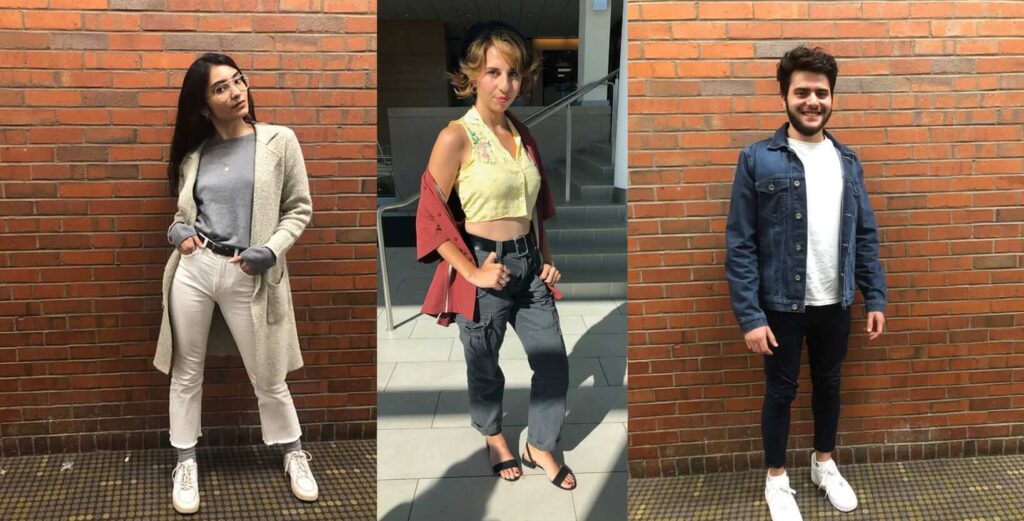by The Cowl Editor on October 3, 2019
On-Campus
by Jennifer Villeda ’20 A&E Staff
“Style is a way to say who you are without having to speak,” says famous stylist and designer Rachel Zoe. This idea can be applied to Providence College’s self-expression—or the lack thereof. During the transition period between classes, look around at the students passing you and find that a majority of students wear activewear or PC athletic gear. Their choice of clothing makes any visitor on campus assume PC only has sports to offer and everyone is the same.
Rarely do we see students break out of this PC dress code of Nike, Lululemon, or PC apparel. Maybe this is because they find safety in blending into a group, are still figuring out their style, or fear the attention. Nevertheless, displaying your personality by expressing yourself in your clothing may have a positive impact on you and your surroundings. Kari Perez ‘22 mentioned, “If people were more willing to show how they see themselves in the inside and express that through their sense of style, then it would be easier to relate to people on the PC campus.”
When discussing fashion, Perez sees style as “a form of expression, a form of identity, and showing different parts of who you are.” She enjoys putting her stamp on her clothing, whether it be from crafting pieces like her cropped, yellow button up or incorporating her Uruguayan heritage into her looks through her beret; she references how both the French and Spaniards wear them. She describes her artsy style as a tool to inspire others to experiment with their looks.
With each day comes a different mood, and for Emili Castro ’21, that is what her clothing reflects. “Some days, I wake up and think ‘I want to be very feminine today’ and wear a skirt, tights, and a little sweater. And there are days where I want to give off a more masculine vibe, whether it be formal wear” or another option. She sees her fashion as fluid; one day, she can sport a skirt and the next day go for a pantsuit with a blazer. She could care less about what others think, as her focus is “feeling like a boss lady” and being happy in everything she wears.
For men, it can be tricky to break away from sweatpants and joggers, but Yazan Al-Issa ’20 finds ease in grabbing a pair of skinny jeans each time. From Jordan, his culture has already instilled in him a desire to dress his best. Plus, his love for European style adds to his look. He says, “I don’t mind taking risks even if it means looking different than everyone else on this campus.” Al-Issa highlights how “simple doesn’t have to be bland or not interesting or complicated. It is just about having a versatile wardrobe.” Both men and women do not have to go crazy with patterns and accessories to experiment with fashion to learn what works best for you.

If these people were in the scenarios David Cabral, professor of theatre, dance, and film, presents his students in the History of Fashion and Costuming course, their style would more closely resemble that of Brown or RISD students rather than belonging to PC.
The campus culture here centers on sports. Professor Cabral says, “You might want to deny the importance of sports, but you can’t avoid it here; even if you don’t play sports and even if you don’t go to sporting events, you still have the team gear on.” Whether we recognize it or not, the presence of athleisure and sports go hand-in-hand and make experimenting with fashion intimidating if you are one of the few people doing it. Professor Cabral notes, “Nobody wants to stick out here, everyone wants to look like we are all part of the group mentality; we are all in an arena watching an athletic event.” This mentality of following the group can become oppressive for students who choose to use their clothing as an extension of their voice.
PC is more than just sports—the students have it in them to illustrate who they are, especially through their fashion. It may seem like a superficial form of dialogue, but it is part of our first impressions of one another. The power in clothing is how it creates conversations and connections between us, and can inspire one another to experiment in their own self-expression.